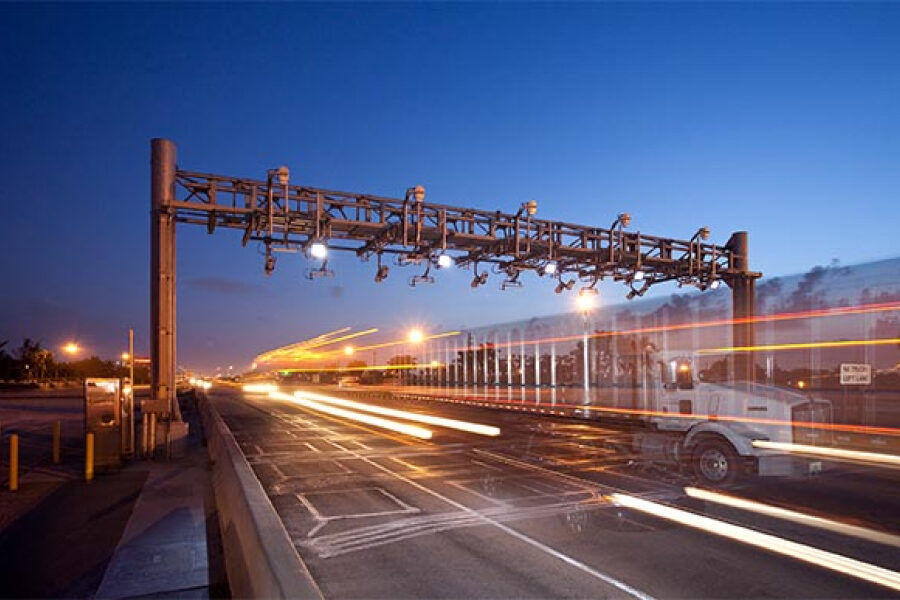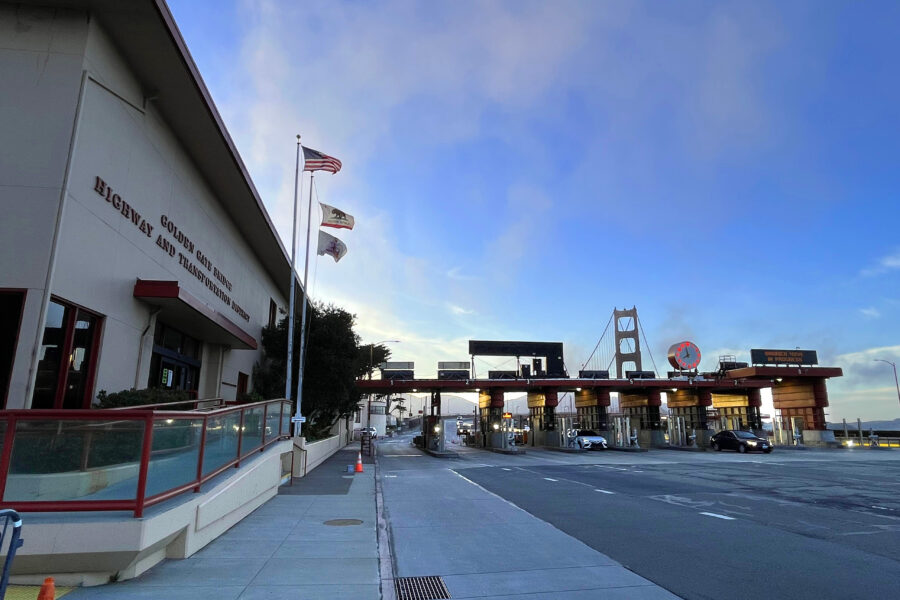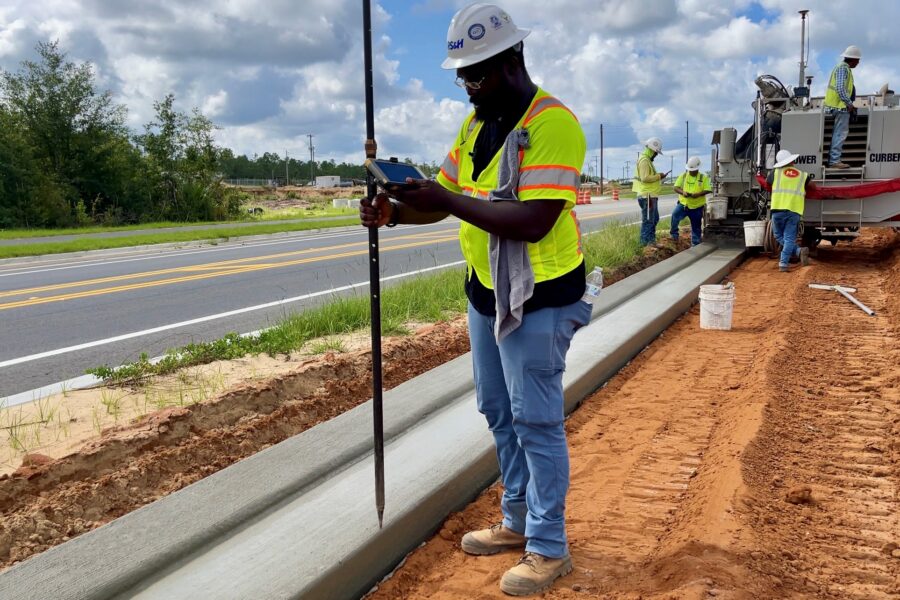Three Reasons to Choose a Dynamic Pricing Model — and Where to Start

Dynamic pricing is a fairly new approach to managed lane tolling, but one that is rapidly increasing in popularity across the country. The growth in use of this pricing approach corresponds to the sheer number of benefits it provides to the travelling public and to public agencies.

1. Congestion Relief
Managed lanes aren’t very helpful to an agency or to the general public if they’re almost as congested as the road’s other lanes. But that’s exactly what can happen with a traditional tolling system model.
Under the traditional system, toll lane trips cost the same during a weekday rush hour as they do on a slow Sunday afternoon. With a dynamic pricing model, however, the cost of traveling in managed lanes is relative to the congestion, time of day and other factors. An algorithm combines all of these various considerations and produces a cost that corresponds to those factors.
So, the price of managed lane use would be higher during the busy rush hour and lower on the Sunday afternoon. That would lead rush hour drivers to balance the price of managed lane use with the benefit of a faster trip. Those with a pressing need to get to a destination might weigh the cost and benefit and decide to use the managed lane. But other people in less of a rush might decide to take their chances with normal travel on the general-purpose lanes. As a result, the managed lanes would be less crowded and provide those who use it with a more reliable trip, as intended.
2. Public Perception
Some agencies worry about public perception of dynamic pricing, but studies show Americans are willing to pay extra.
In fact, a 2018 survey showed 79 percent of Americans are willing to pay tolls to avoid congestion and have predictable travel times, even when non-toll alternatives are available. And 64 percent of Americans believe that priced managed lanes are viable solutions for managing and reducing highway congestion.
3. Financial Sustainability
The federal gas tax was last raised in 1993 and since then it has lost more than 40 percent of its purchasing power. With gas taxes across the country not seeing increases for over 25 years and vehicles becoming more fuel efficient, the Highway Trust Fund is receiving less revenue from these taxes to expand, operate and maintain highways. Over the years, traditional tolling has bridged the gap and provided funding to create additional highway capacity and to operate and maintain these roads.
As congestion on our roadways increases, though, the traditional tolling models pose a risk to financial sustainability.A road that is more heavily trafficked is going to need more money for maintenance than a road that sees only light traffic. Under a traditional tolling model, the more heavily trafficked road may not receive enough tolling revenue to be self-sustaining. Introducing the concept of dynamic tolling on these roadways provides agencies with the ability to generate enough revenue to achieve financial sustainability.
Where to Start
Start by completing a detailed traffic and revenue analyses. Some agencies won’t have enough demand for managed lanes to be able to pay for it. But if you do determine your agency is a fit for managed lanes, then consider various options for funding the construction of the infrastructure.
Collaboration with private agencies through a Public Private Partnership (P3) is a common funding option because private entities are able to gather the capital to pay for the managed lanes relatively quickly, in a few years rather than the few decades it might take a public agency.
Before you jump into a managed lane project, be sure to learn from others. Your agency has access to information from tolling agencies across the country. Use that data and talk to your colleagues to make sure your first step toward dynamic pricing is in the right direction.
Want to keep these tips on hand? Download our dynamic pricing tip sheet.





